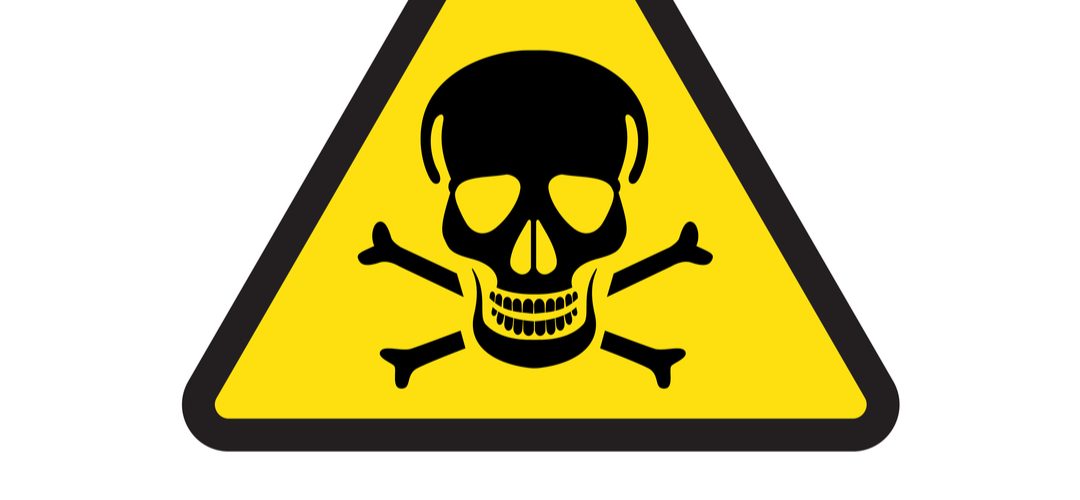An outbreak of pneumonia in Argentina, attributed to Legionella bacteria, has led to the deaths of six people. On Sept. 6, the Ministry of Public Health of Tucumán in Argentina reported that an outbreak of pneumonia attributed to Legionella pneumophila, based on initial reference laboratory testing, had increased to 22 people, with 6 deaths and 10 ambulatory outpatients.
The World Health Organization (WHO) had been monitoring a “pneumonia of unknown origin” after health officials in Argentina notified the agency that nine people had fallen ill, including three who had died. The cases were all connected to a private clinic in the Tucumán province of Argentina. Eight healthcare workers at the clinic and one patient had developed the disease, which local health officials described as being similar to COVID-19. However, health officials ruled out COVID-19, flu, and other respiratory viruses. There were fears of a possible outbreak of a new pathogen.
Argentinian health officials then announced that Legionella was isolated from samples from four of the people infected in the unexplained cluster of bilateral pneumonia. More detailed testing was conducted, which suggested that the results were compatible with Legionella pneumophila. The WHO said environmental samples are being collected to identify the source of the contamination.
Issue:
Legionella outbreaks generally are linked to environmental reservoirs in large or complex water systems, which include those found in many nursing facilities. Transmission of Legionella can be aerosol generated or when an individual consumes contaminated drinking water. CMS requires that each facility establish and maintain an infection prevention and control program. CMS also expects that each nursing facility will have a policy and procedure to reduce the risk of growth and spread of Legionella and other opportunistic pathogens in the building’s water system. Obtain the CDC’s publication “Developing a Water Management Program to Reduce Legionella Growth and Spread in Buildings: A Practical Guide to Implementing Industry Standards” at this link for use in your setting: Legionella Toolkit-Version 1.1-June 24, 2021 (cdc.gov).
Discussion Points:
- Review the facility’s Infection Control Plan and the policy and procedure for water management to reduce the risk of growth and spread of Legionella and other opportunistic pathogens in the building water system. Revise as necessary.
- Train all staff on the facility’s Infection Control Plan and water management policy and procedures. Document that these trainings occurred, and file each signed document in each employee’s education file.
- Periodically audit to ensure that water samples are taken to test for presence of Legionella and other opportunistic pathogens in the facility’s water supply. Confirm that appropriate staff know how to collect and submit samples for testing, and that staff know what to do if the water samples test positive for Legionella or any other opportunistic pathogens. Ensure that a designated registered nurse is competently serving as the facility’s Infection Preventionist.












































































